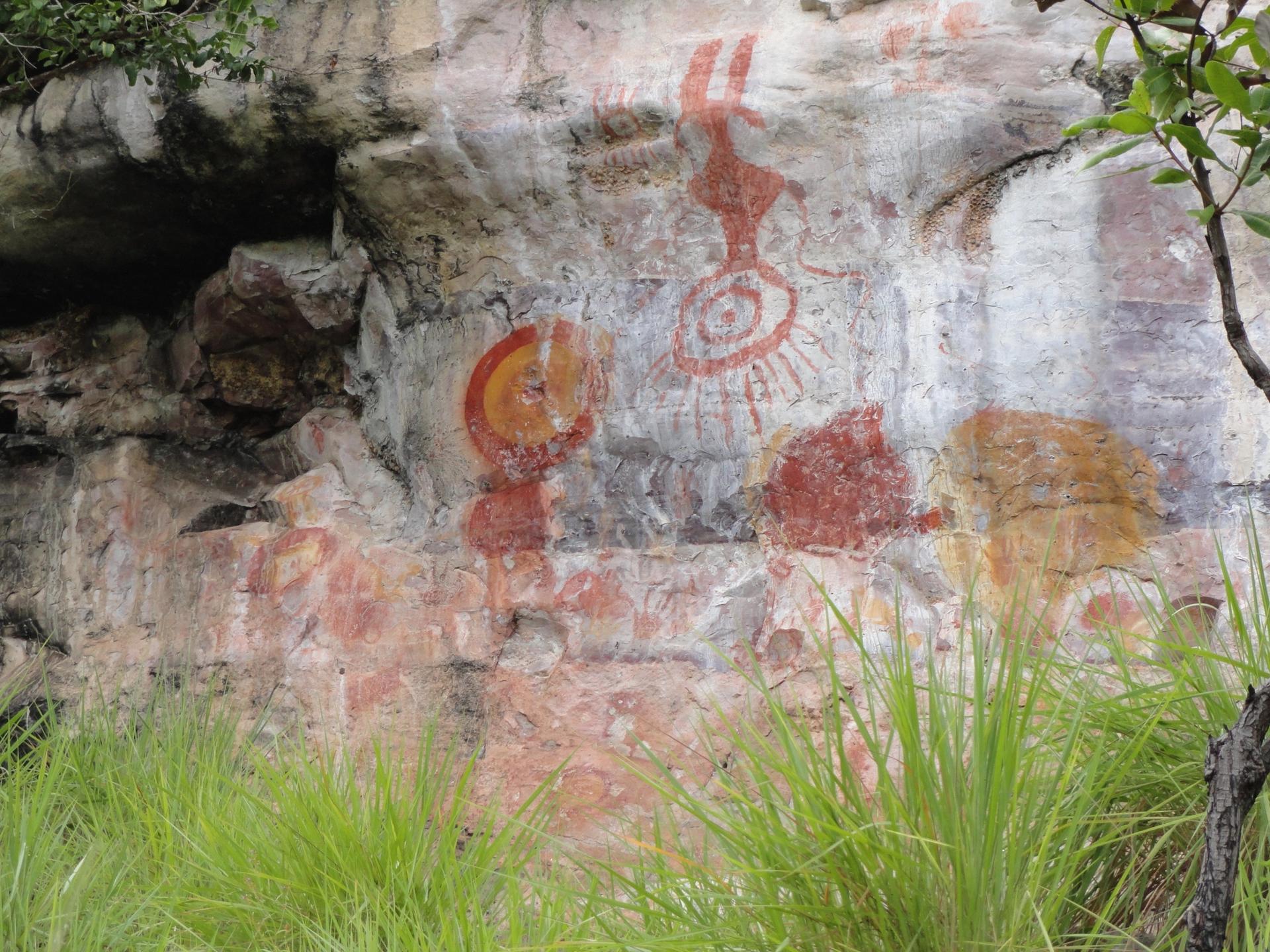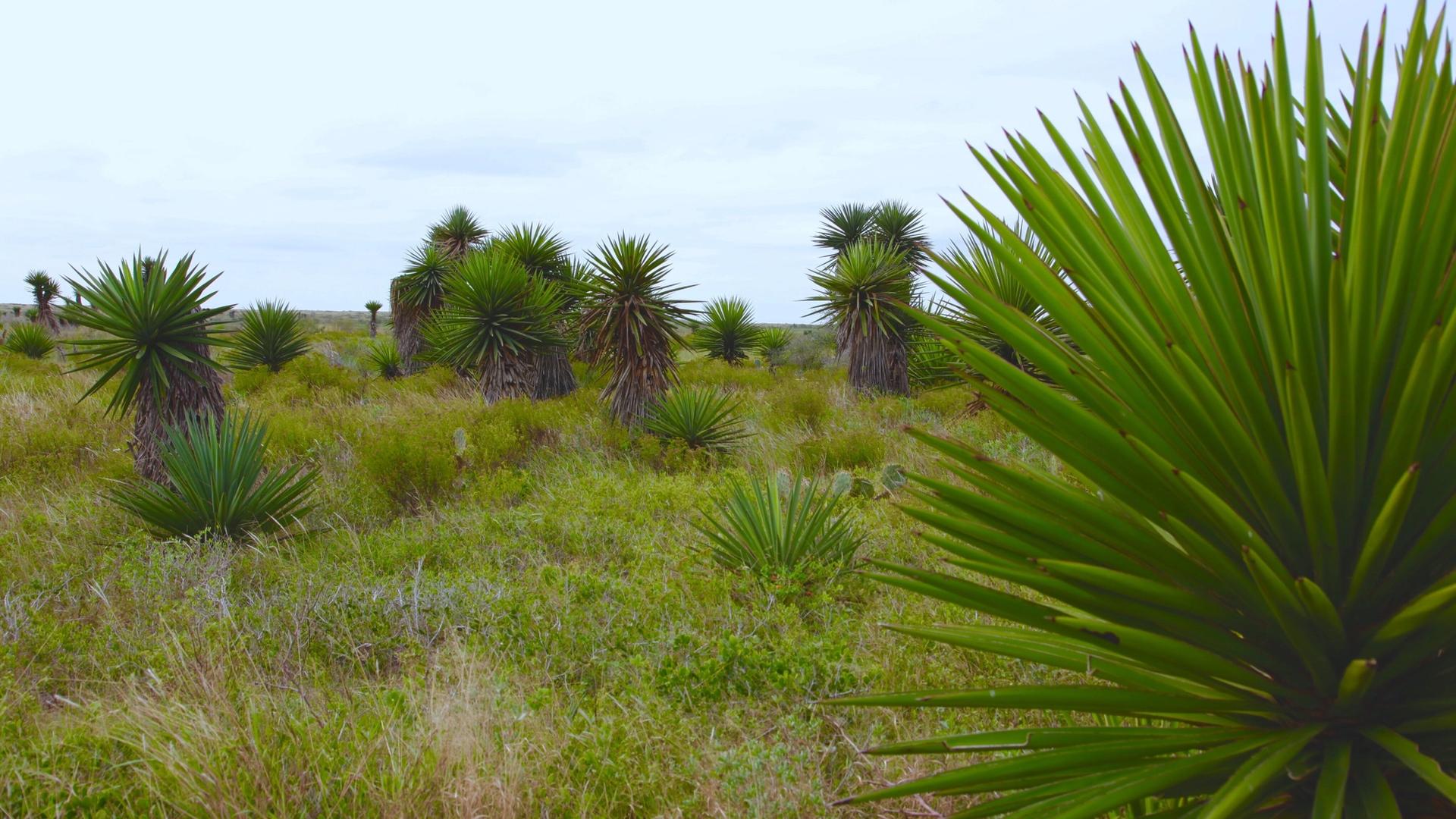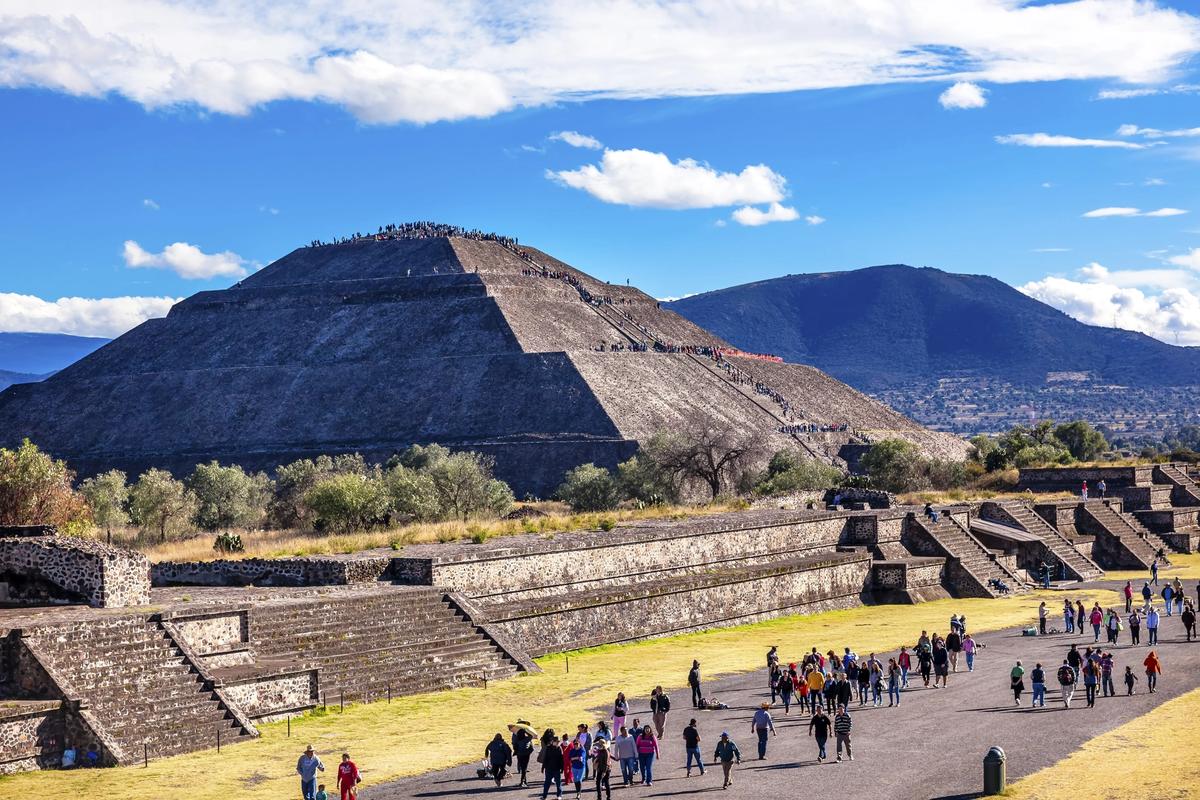The supernatural imagery of the prehistoric cave paintings of Monte Alegre State Park in the Brazilian Amazon, the Aztec ruins of Teotihuacán in Mexico and the pre-Columbian archeological site Garcia Pasture in Texas, the ancestral home of the Carrizo-Comecrudo-Estok Gna tribe, are among the 25 sites identified in a biannual report that aims to galvanise support for the preservation of world heritage sites facing critical threats due to climate change, unethical or imbalanced tourism, neglect and political crisis.
The report, compiled by the World Monuments Fund (WMF), has been published since 1996. The 2022 results represent 24 countries and were drawn from a pool of more than 200 nominations submitted through an open call, which was reviewed by the International Council on Monuments and Sites (Icomos) and a panel of world heritage experts appointed by the WMF.
The selection is a “bottom-up process”, during which the organisations aim to evaluate the “historical significance of a place, in terms of international or local importance, since it doesn’t have to be a well-known place, and whether there is an immediate need for intervention”, according to Bénédicte de Montlaur, the WMF president and chief executive.
Teotihuacán, for example, receives more than 3 million visitors per year and has been included on the watchlist several times before. “Teotihuacán in particular exemplifies the idea of imbalanced tourism and the need for tourism management, which can pose some challenges,” de Montlaur says. “It is overcrowded and a new international airport is being built around 15km from there, bringing more pressure to the area and to the local communities who often do not benefit from tourism.”

Ancient cave paintings in the Monte Alegre State Park in Pará, Brazil Courtesy World Monuments Fund
The Monte Alegre State Park in the northern Brazilian state of Pará holds the largest concentration of ancient cave paintings in the Amazon, depicting complex symbols and figures made with red and yellow pigments. The oldest known ceramics produced in South or North America, dating to the sixth or fifth millennium BCE, were also discovered there.
The paintings are located in a once-remote area that is now encircled by deforestation and development, including the expansion of agriculture, livestock and illegal mining. “Rock art in general is extremely vulnerable not just because it’s ancient but also because it’s exposed and facing climate projections of much drier conditions,” de Montlaur says.
The Brazilian government designated the park a protected area in 2001 and imposed restrictions on permitted activities in the area. But the site is one of the main visitor attractions for the area, which “creates new sources of income for local people but also an influx of tourism, so a double-edged sword”, she adds.
Among other sites, the report also notes that the Garcia Pasture in Brownsville, Texas, is threatened by resource extraction, which is the subject of a years-long debate between developers and Indigenous communities who claim sacred ties to the site, and that the historic Africatown in Mobile, Alabama, an area established by enslaved Africans, which is facing issues related to tourism and environmental justice.

The Garcia Pasture in Brownsville, Texas Courtesy World Monuments Fund
Most of the sites are not Unesco World Heritage Sites. “Unesco inclusions are proposed by governments, whereas the WMF has a community-based process,” de Montlaur explains. “To get on the Unesco World Heritage list, you need a comprehensive file with studies, documentation and a pre-emptive plan to protect the site.
She adds, “Sometimes the WMF steps in earlier in the process and helps develop Unesco nomination. For example, the Complejo Astronómico Chankillo in Peru, a site that we have been working on for a decade that is the oldest astronomical observatory in the Americas, was listed by Unesco this year, as a result of our work with our local partners. It is a guarantee that hopefully the government will take good care of the site.”
The WMF also released a statement earlier this week on the conflict in Ukraine. “The first priority is to protect the population, but the fact that the Ivankiv Museum was destroyed, and that a rocket nearly hit the Holocaust Memorial, illustrates the need to protect these sites of enormous cultural wealth that are endangered by political turmoil,” de Montlaur says. “Once they are gone, they are gone.”
Since the launch of the report, the WMF has contributed more than $110m toward the conservation of more than 300 world heritage sites, and helped raise an additional $300m from public and private funders.


